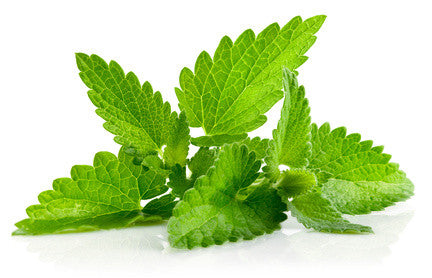This week we will explore the history and uses of one of the oldest fragrances in documented history, Patchouli. Patchouli is a bushy herb in the mint family, wearing small pale pink-white flowers, from the Pogostemon genus. Its origin stems from the tropical region of Asia, and is now primarily produced in India, China, Seychelles, and Indonesia.
China has a long history of using patchouli medically, but researches are still conflicted on when and how this herb was introduced into their culture. The flora of patchouli has shown that it is not indigenous to China, and is thought to have made an entrance between 420-589 AD, with reasons still unknown. It is thought that the Chinese replaced Agastache Rugosa (Korean Mint) with patchouli upon its introduction.
A minority of researches believe that Patchouli originated in India. These claims were countered with an argument that patchouli was introduced to india only in 1834. George King, the Superintendent of the Royal Botanical Garden in India (1871-1897), confirmed that patchouli was in fact introduced to India in 1834. Before the plant was officially botanically described in 1837, its introduction to India simply came with the name patchouli.
The name "patchouli" has a strange history. "Patcha", "patchapat", and "patchouli" were all used to describe any plant that had a similar smell as patchouli within indian markets. The plant was never named as, or had been called patchouli in local languages within its indigenous region. It is believed that the name patchouli was phonetically evolved from "pacchilai" in Tamil, with "pacchai" meaning green, and "ilai" meaning leaf.
Patchouli was used primarily in perfumes, insect repellants, and in alternative medicine. Indian merchants would often pack patchouli in boxes full of clothing that they were exporting to keep insects away. The export of indian garments surrounded with these patchouli leaves introduced other countries to this particular scent. French perfume manufacturers discovered what the secret scent was lining their Indian imports and soon after learned how to perfume their own clothing with the imported patchouli leaves. The widespread use of patchouli during this time caused it to become one of the worlds most used and desired fragrances. Patchouli essential oil is one of a few essential oils that improves with age, becoming deeper, sweeter and spicier.
Here at Cream City Soap Company, we include dark patchouli essential oil in a number of products, including soap, mists, powders, and massage oils.
Sources: https://www.researchgate.net/publication/279905001_Origin_of_the_name_'patchouli'_and_its_history
http://www.aramacs.com/patchouli-oil.php

